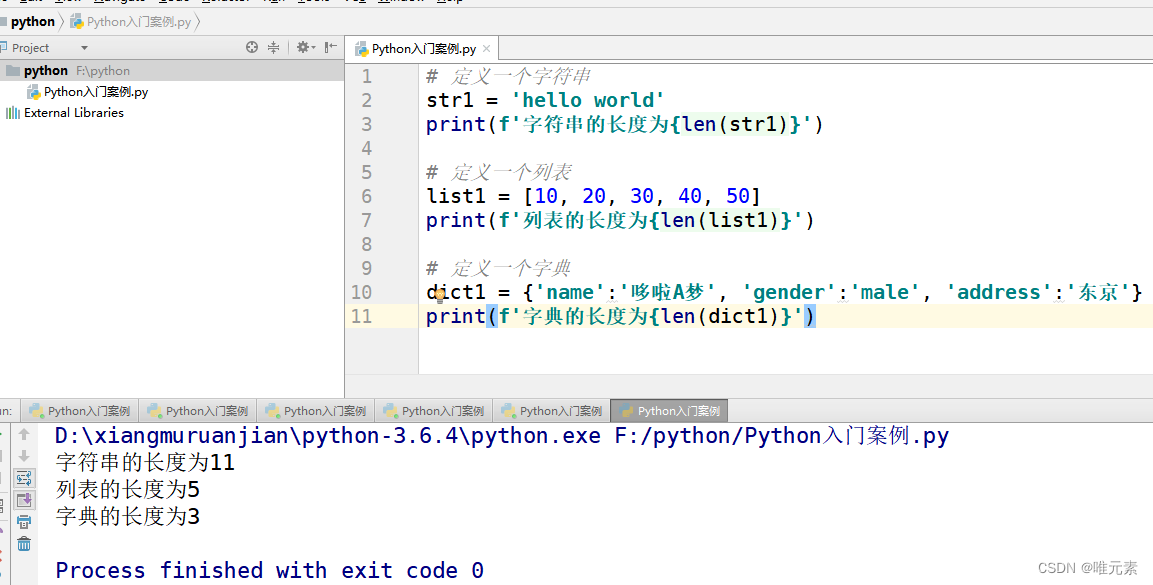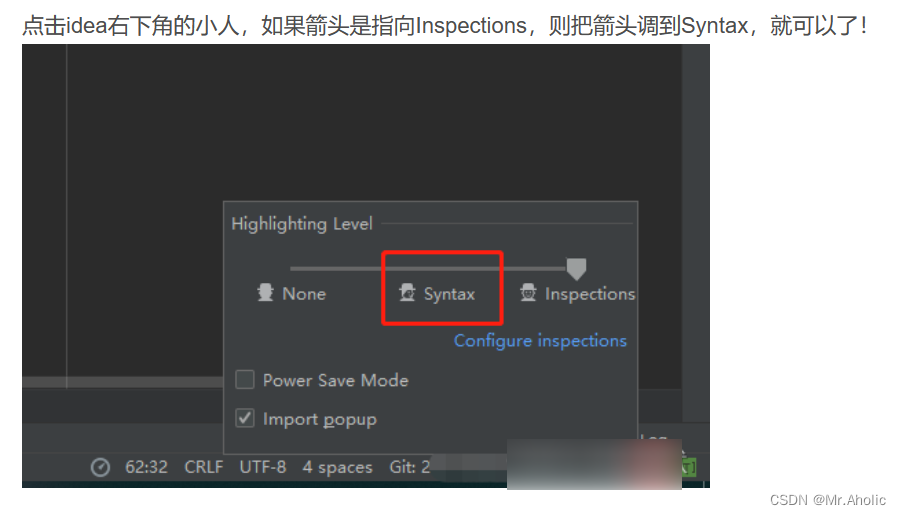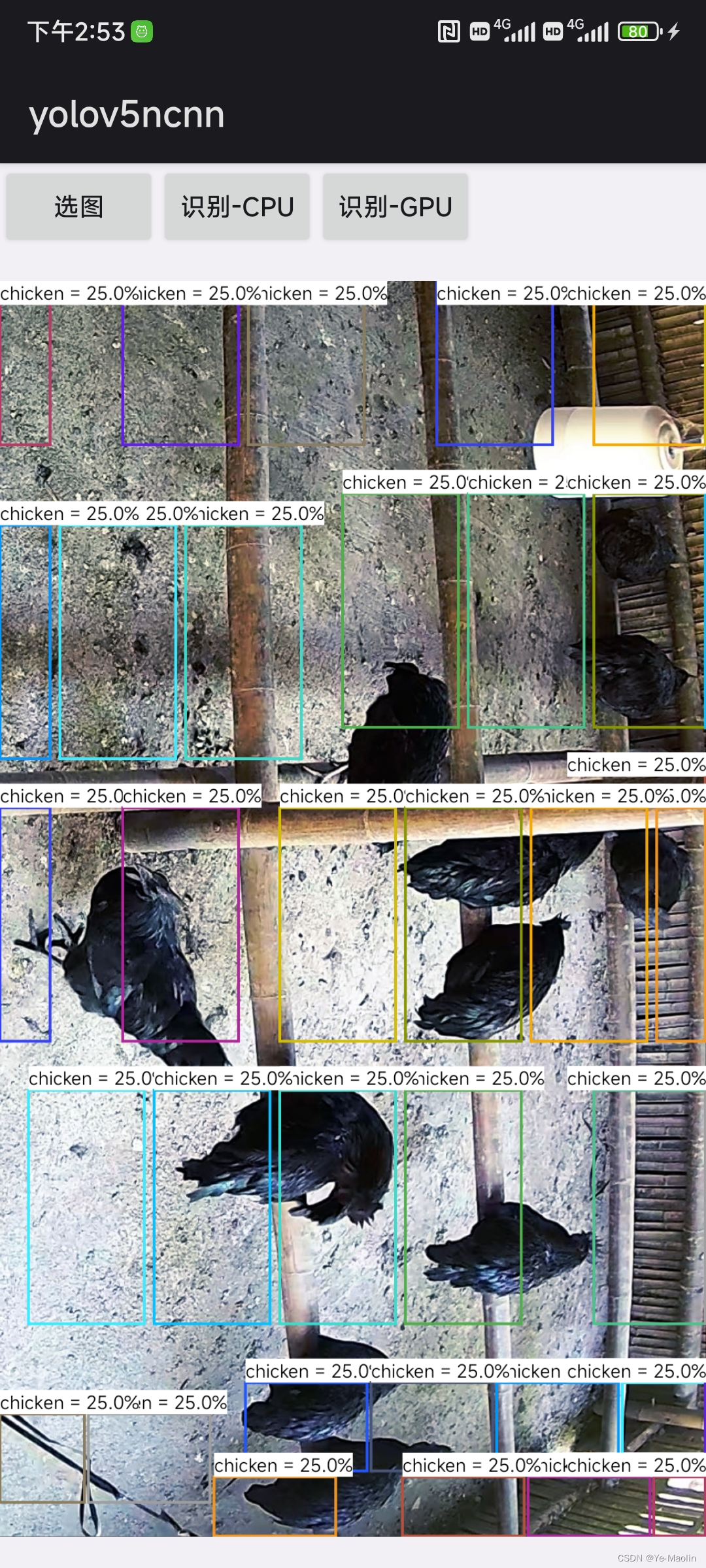Swagger使用
1. Swagger UI
按以下步骤配置,项目启动后访问:
http://localhost:8080/swagger-ui.html
1.1 添加依赖
<dependency>
<groupId>io.springfox</groupId>
<artifactId>springfox-swagger2</artifactId>
<version>2.2.2</version>
</dependency>
<dependency>
<groupId>io.springfox</groupId>
<artifactId>springfox-swagger-ui</artifactId>
<version>2.2.2</version>
</dependency>1.2 配置类
@Configuration
@EnableSwagger2
public class Swagger2 {
public static final String SWAGGER_SCAN_BASE_PACKAGE = "abc.boot.examples.web";
public static final String VERSION = "1.0.0";
@Bean
public Docket createRestApi() {
return new Docket(DocumentationType.SWAGGER_2)
.apiInfo(apiInfo())
.select()
.apis(RequestHandlerSelectors.basePackage(SWAGGER_SCAN_BASE_PACKAGE))//api接口包扫描路径
.paths(PathSelectors.any())//可以根据url路径设置哪些请求加入文档,忽略哪些请求
.build();
}
private ApiInfo apiInfo() {
return new ApiInfoBuilder()
.title("Swagger2 接口文档示例")//设置文档的标题
.description("更多内容请关注:http://www.abc.com")//设置文档的描述->1.Overview
.version(VERSION)//设置文档的版本信息-> 1.1 Version information
.contact(new Contact("ABC Boot", "http://www.abc.comt", ""))//设置文档的联系方式->1.2 Contact information
.termsOfServiceUrl("www.abc.com")//设置文档的License信息->1.3 License information
.build();
}
}1.3 注解使用
@ApiOperation
@ApiOperation(value="获取用户列表", notes="获取所有用户列表",produces = "application/json") @RequestMapping(value="/users", method= RequestMethod.GET) public List getUserList() { List r = new ArrayList(users.values()); return r; }
@ApiResponses
@ApiOperation(value="获取用户详细信息", notes="根据url的id来获取用户详细信息",produces = "application/json") // ApiResponses 增加返回结果的描述 @ApiResponses(value = {@ApiResponse(code = 405,message = "Invalid input",response = Integer.class)}) (1) @ApiImplicitParam(name = "id",value = "用户ID",dataType = "int",paramType = "path") (2) @RequestMapping(value="/users/{id}", method= RequestMethod.GET) public User getUser(@PathVariable Integer id) { return users.get(id); }
(1) 在默认Response的基础上增加新的Response说明
(2) 使用ApiImplicitParam描述接口参数
@ApiImplicitParams
@ApiOperation(value="更新用户名称", notes="更新指定用户的名称") @RequestMapping(value="/users/{id}", method= RequestMethod.POST) @ApiImplicitParams({ (1) @ApiImplicitParam(name = "id",value = "用户ID",paramType = "path",dataType = "int"), (2) @ApiImplicitParam(name = "userName",value = "用户名称",paramType = "form",dataType = "string") }) public void updateUserName(@PathVariable Integer id,@RequestParam String userName){ User u = users.get(id); u.setName(userName); }
(1) 使用ApiImplicitParams描述多个参数
(2) 使用ApiImplicitParam时,需要指定paramType,这样也便于swagger ui 生成参数的输入格式。
paramType 有五个可选值 : path, query, body, header, form
@ApiParam
@ApiOperation(value="创建用户-传递简单对象", notes="传递简单对象",produces = "application/json") @RequestMapping(value="/users-1", method= RequestMethod.POST) //可以不加ApiParam注解,需要给参数添加描述时可以使用这个注解,或者使用ApiImplicitParams注解 (1) public Map postUser(@RequestParam String userName,@ApiParam("地址") @RequestParam(required = false) String address) { User user = new User(); user.setId(Math.round(10)); user.setName(userName); user.setAddress(address); users.put(user.getId(), user); return ImmutableMap.of("user",user); }
(1) 使用ApiParam描述接口参数
ApiImplicitParam 与 ApiParam 的区别
ApiImplicitParam: This is the only way to define parameters when using Servlets or other non-JAX-RS environments.
- 对Servlets或者非 JAX-RS的环境,只能使用 ApiImplicitParam。
- 在使用上,ApiImplicitParam比ApiParam具有更少的代码侵入性,只要写在方法上就可以了,但是需要提供具体的属性才能配合swagger ui解析使用。
- ApiParam只需要较少的属性,与swagger ui配合更好。
传递复杂对象 By ModelAttribute
@ApiOperation(value="创建用户-传递复杂对象", notes="传递复杂对象DTO, url参数拼接",produces = "application/json") @RequestMapping(value="/users-2", method= RequestMethod.POST) //传递对象推荐使用ModelAttribute注解 public Map postUser2(@ModelAttribute User user) { (1) users.put(user.getId(),user); return ImmutableMap.of("user",user); }
(1) ModelAttribute 是Spring mvc的注解,这里Swagger可以解析这个注解,获得User的属性描述
@ApiModel
@ApiModel(value = "User", description = "用户对象") public class User { @ApiModelProperty(value = "ID") private Integer id; @ApiModelProperty(value = "姓名") private String name; @ApiModelProperty(value = "地址") private String address; @ApiModelProperty(value = "年龄",access = "hidden") private int age; @ApiModelProperty(value = "性别") private int sex; ....... }
传递复杂对象 By RequestBody
@ApiOperation(value="创建用户-传递复杂对象", notes="传递复杂对象DTO,json格式传递数据",produces = "application/json") @RequestMapping(value="/users-3", method= RequestMethod.POST) //json格式传递对象使用RequestBody注解 public User postUser3(@RequestBody User user) { users.put(user.getId(),user); return user; }
PathVariable
@ApiOperation(value="删除用户- PathVariable", notes="根据url的id来指定删除对象") @RequestMapping(value="/users/{id}", method = RequestMethod.DELETE) public void deleteUser(@PathVariable Integer id) { (1) users.remove(id); }
(1) PathVariable是Spring 的注解,对于这种简单的参数,就可以不用写ApiParam来描述接口参数。
数组的描述
@ApiOperation(value="删除用户-传递数组", notes="删除对象,传递数组") @RequestMapping(value="/users/deleteByIds", method = RequestMethod.DELETE) public void deleteUser(@ApiParam("用户ID数组") @RequestParam Integer[] ids) { (1) for (int id:ids){ users.remove(id); } }
(1) 这里用ApiParam为数组参数添加描述
1.4 可选配置
在application.properties中加入以下配置,用于设置测试请求的host,默认在swagger ui上做请求测试时都是以/users/1为路径发送请求。
如果需要改变请求的根路径,就需要配置这个参数:
springfox.documentation.swagger.v2.host = yourapp.abc.com
配置获取api docs json数据的请求路径 ,默认为/v2/api-docs:
springfox.documentation.swagger.v2.path = /api
2. springfox-staticdocs 生成静态文档
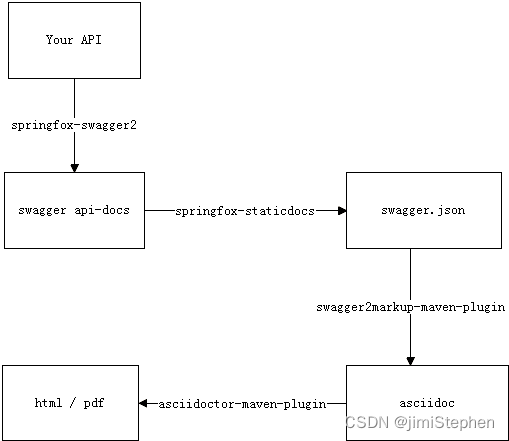
springfox
2.1 Maven 配置
<dependency>
<groupId>io.springfox</groupId>
<artifactId>springfox-staticdocs</artifactId>
<version>2.2.2</version>
<scope>test</scope>
</dependency>2.2 生成json文件
编写Junit测试,这样在测试环节就可以将api-docs的json数据写入文档,便于下一步生成asciidoc文件。
@WebAppConfiguration
@RunWith(SpringJUnit4ClassRunner.class)
@SpringBootTest(classes = DemoBootApplication.class)
public class Swagger2MarkupTest {
@Autowired
private WebApplicationContext context;
private MockMvc mockMvc;
@Before
public void setUp() {
this.mockMvc = MockMvcBuilders.webAppContextSetup(this.context).build();
}
@Test
public void createSpringfoxSwaggerJson() throws Exception {
String outputDir = "src/docs/json"; //将api-docs的json数据写入文件
MvcResult mvcResult = this.mockMvc.perform(get("/v2/api-docs")
.accept(MediaType.APPLICATION_JSON))
.andExpect(status().isOk())
.andReturn();
MockHttpServletResponse response = mvcResult.getResponse();
String swaggerJson = response.getContentAsString();
Files.createDirectories(Paths.get(outputDir));
try (BufferedWriter writer = Files.newBufferedWriter(Paths.get(outputDir, "swagger.json"), StandardCharsets.UTF_8)) {
writer.write(swaggerJson);
}
}
}2.3 配置Maven Plugin
配置以下两个插件:
swagger2markup-maven-plugin,该插件将json文件转为asciidoc
asciidoctor-maven-plugin, 该插件将asciidoc转为html/pdf
执行Maven命令 : mvn swagger2markup:convertSwagger2markup process-resources
生成的html文档存储在src\main\resources\META-INF\resources\docs目录下。
启动DemoBootApplication,直接访问http://localhost:8080/docs/index.html。
<pluginRepositories>
<pluginRepository>
<id>jcenter-snapshots</id>
<name>jcenter</name>
<url>http://oss.jfrog.org/artifactory/oss-snapshot-local/</url>
</pluginRepository>
<pluginRepository>
<snapshots>
<enabled>false</enabled>
</snapshots>
<id>jcenter-releases</id>
<name>jcenter</name>
<url>http://jcenter.bintray.com</url>
</pluginRepository>
</pluginRepositories>
<build>
<plugins>
<!-- First, use the swagger2markup plugin to generate asciidoc -->
<plugin>
<groupId>io.github.swagger2markup</groupId>
<artifactId>swagger2markup-maven-plugin</artifactId>
<version>${swagger2markup.plugin.version}</version>
<dependencies>
<dependency>
<groupId>io.github.swagger2markup</groupId>
<artifactId>swagger2markup-import-files-ext</artifactId>
<version>${swagger2markup.extension.version}</version>
</dependency>
<dependency>
<groupId>io.github.swagger2markup</groupId>
<artifactId>swagger2markup</artifactId>
<version>${swagger2markup.version}</version>
</dependency>
</dependencies>
<configuration>
<!--The URL or file path to the Swagger specification-->
<swaggerInput>${swagger.input}</swaggerInput>
<outputDir>${generated.asciidoc.directory}</outputDir>
<config>
<!--设置输出文件的语言:ASCIIDOC, MARKDOWN, CONFLUENCE_MARKUP-->
<swagger2markup.markupLanguage>ASCIIDOC</swagger2markup.markupLanguage>
<!--设置目录的展现方式-->
<swagger2markup.pathsGroupedBy>TAGS</swagger2markup.pathsGroupedBy>
<!--扩展Overview的内容,可以增加一些自定义的内容-->
<!--<swagger2markup.extensions.dynamicOverview.contentPath>${project.basedir}/src/docs/asciidoc/extensions/overview</swagger2markup.extensions.dynamicOverview.contentPath>
<swagger2markup.extensions.dynamicDefinitions.contentPath>${project.basedir}/src/docs/asciidoc/extensions/definitions</swagger2markup.extensions.dynamicDefinitions.contentPath>
<swagger2markup.extensions.dynamicPaths.contentPath>${project.basedir}/src/docs/asciidoc/extensions/paths</swagger2markup.extensions.dynamicPaths.contentPath>
<swagger2markup.extensions.dynamicSecurity.contentPath>${project.basedir}src/docs/asciidoc/extensions/security</swagger2markup.extensions.dynamicSecurity.contentPath>-->
</config>
</configuration>
<executions>
<execution>
<phase>generate-sources</phase>
<goals>
<goal>convertSwagger2markup</goal>
</goals>
</execution>
</executions>
</plugin>
<!-- Run the generated asciidoc through Asciidoctor to generate
other documentation types, such as PDFs or HTML5 -->
<plugin>
<groupId>org.asciidoctor</groupId>
<artifactId>asciidoctor-maven-plugin</artifactId>
<version>1.5.3</version>
<!-- Include Asciidoctor PDF for pdf generation -->
<dependencies>
<dependency>
<groupId>org.asciidoctor</groupId>
<artifactId>asciidoctorj-pdf</artifactId>
<version>1.5.0-alpha.11</version>
</dependency>
<!-- Comment this section to use the default jruby artifact provided by the plugin -->
<dependency>
<groupId>org.jruby</groupId>
<artifactId>jruby-complete</artifactId>
<version>${jruby.version}</version>
</dependency>
<!-- Comment this section to use the default AsciidoctorJ artifact provided by the plugin -->
<dependency>
<groupId>org.asciidoctor</groupId>
<artifactId>asciidoctorj</artifactId>
<version>${asciidoctorj.version}</version>
</dependency>
</dependencies>
<!-- Configure generic document generation settings -->
<configuration>
<!--默认指向 ${basedir}/src/main/asciidoc-->
<sourceDirectory>${asciidoctor.input.directory}</sourceDirectory>
<!--an override to process a single source file; 默认指向 ${sourceDirectory} 中的所有文件-->
<!--<sourceDocumentName>index.adoc</sourceDocumentName>-->
<attributes>
<doctype>book</doctype>
<toc>left</toc>
<toclevels>3</toclevels>
<numbered></numbered>
<hardbreaks></hardbreaks>
<sectlinks></sectlinks>
<sectanchors></sectanchors>
<generated>${generated.asciidoc.directory}</generated>
</attributes>
</configuration>
<!-- Since each execution can only handle one backend, run
separate executions for each desired output type -->
<executions>
<execution>
<id>output-html</id>
<phase>generate-resources</phase>
<goals>
<goal>process-asciidoc</goal>
</goals>
<configuration>
<backend>html5</backend>
<outputDirectory>${asciidoctor.html.output.directory}</outputDirectory>
</configuration>
</execution>
<!-- 生成PDF -->
<!--<execution>
<id>output-pdf</id>
<phase>generate-resources</phase>
<goals>
<goal>process-asciidoc</goal>
</goals>
<configuration>
<backend>pdf</backend>
<outputDirectory>${asciidoctor.pdf.output.directory}</outputDirectory>
</configuration>
</execution>-->
</executions>
</plugin>
</plugins>
</build>3. 其他说明
3.1 如何修改/v2/api-docs路径?
swagger-ui是通过获取接口的json数据渲染页面的,即通过swagger的注解将生成接口的描述服务,默认地址为/v2/api-docs,如果需要改变这个请求地址,可以在properties中配置springfox.documentation.swagger.v2.path。
3.2 如何设置所有请求的统一前缀?
默认请求都是以 / 根路径开始,如果我们的应用不是部署在根路径,比如以/platform部署,则可以通过一下方式设置请求的统一前缀。
@Bean
public Docket createV1RestApi() {
return new Docket(DocumentationType.SWAGGER_2)
.apiInfo(apiInfo())
.select()
.apis(RequestHandlerSelectors.basePackage(SWAGGER_SCAN_BASE_PACKAGE))
.paths(PathSelectors.any())
.build()
.pathMapping("/platform"); // 在这里可以设置请求的统一前缀
}3.3 接口文档中1.4和1.5的信息生成
接口文档中的 1.4和 1.5 则通过以下方式生成:
1.4 URI scheme
// 可以通过在properties中设置 springfox.documentation.swagger.v2.host属性
Host : localhost
// 待确认
BasePath : /
该Host也是swagger-ui发送测试请求的Host, 通常我们会将将接口文档部署在测试服务器,这样就需要设置Host,
否则请求都是通过localhost发送,请求不到测试服务器的接口。
1.5 Tags
@Api(value = "/v1/users",tags = "Users",description = "用户接口V1")
tags由Api注解的tags标签设置,如果不设置,则以类名作为tag
3.4 设置响应对象的Example
通过ApiModelProperty注解的example属性设置响应对象的示例:
@ApiModelProperty(value = "ID",example = "1")
private Integer id;
@ApiModelProperty(value = "姓名",example = "Admin")
private String name;
@ApiModelProperty(value = "地址",example = "171")
private String address;
@ApiModelProperty(value = "年龄",access = "hidden",example = "20")
private int age;
@ApiModelProperty(value = "性别",example = "1")
private int sex;
@ApiModelProperty(value = "生日",example = "2000-10-22")其它:
spring boot下建议使用:
https://github.com/SpringForAll/spring-boot-starter-swagger
<dependency>
<groupId>com.spring4all</groupId>
<artifactId>swagger-spring-boot-starter</artifactId>
<version>1.7.1.RELEASE</version>
</dependency>参考链接:
springfox文档
http://www.jianshu.com/p/b730b969b6a2
Setting Up Swagger 2 with a Spring REST API | Baeldung 这个例子更合适由浅入深
简单入门例子
spring cloud 和 swagger的结合;
Swagger2 – Piotr's TechBlog

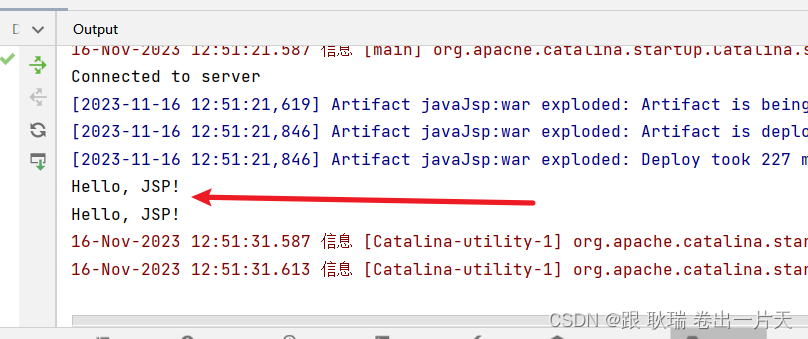

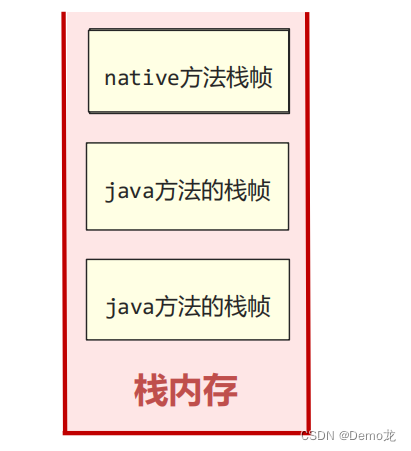
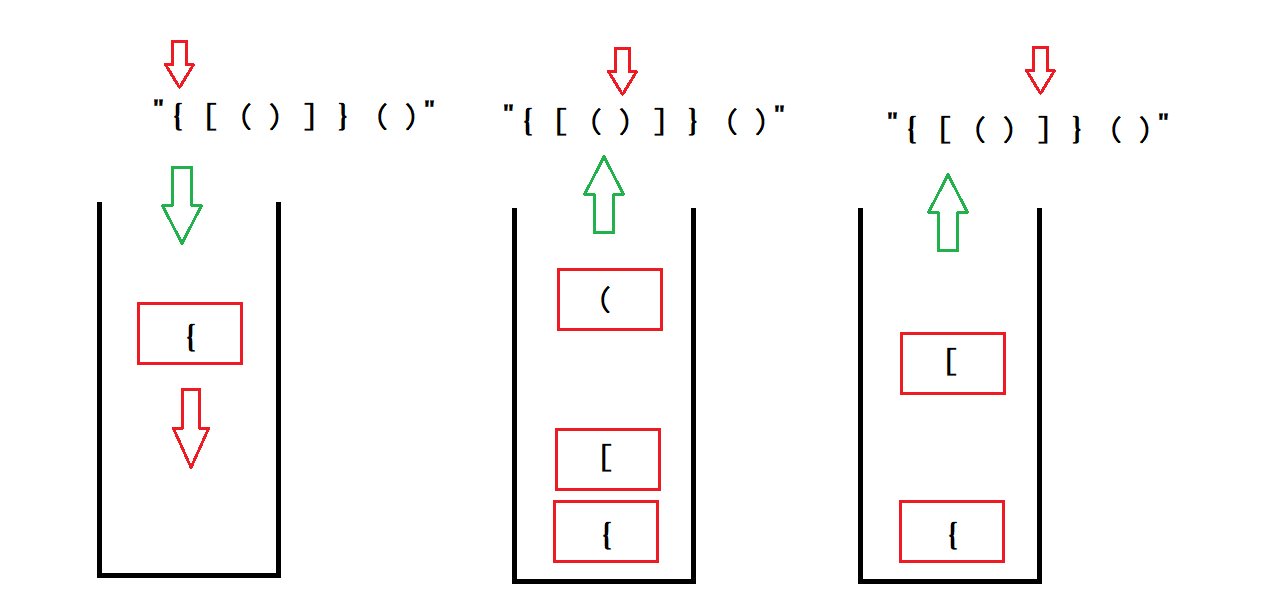

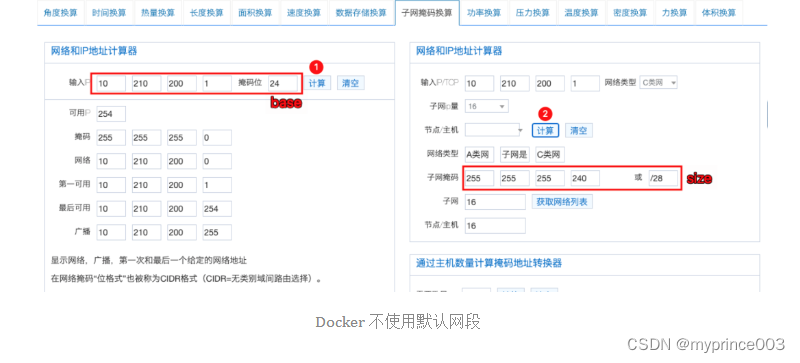

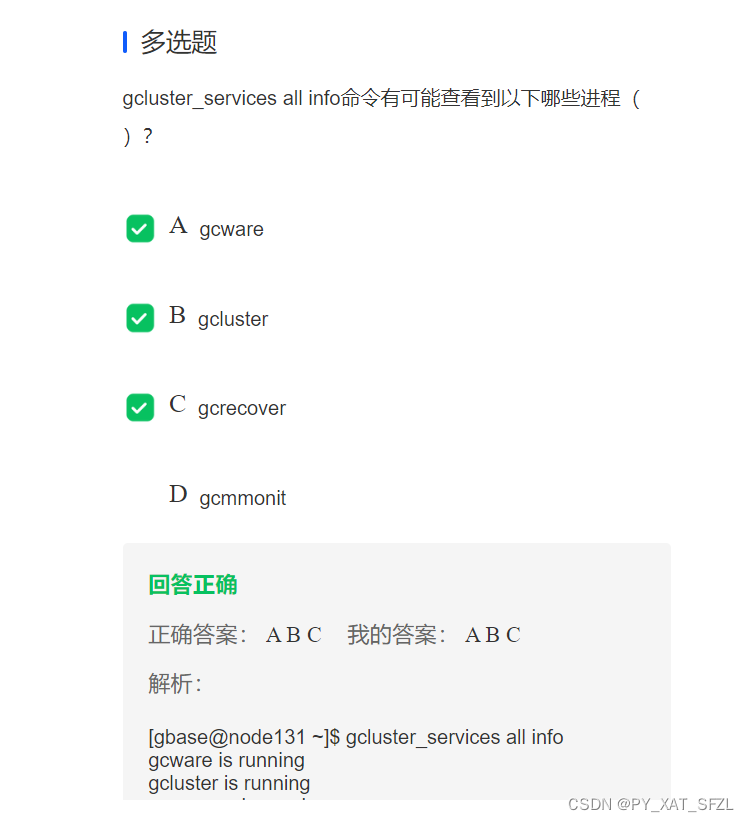


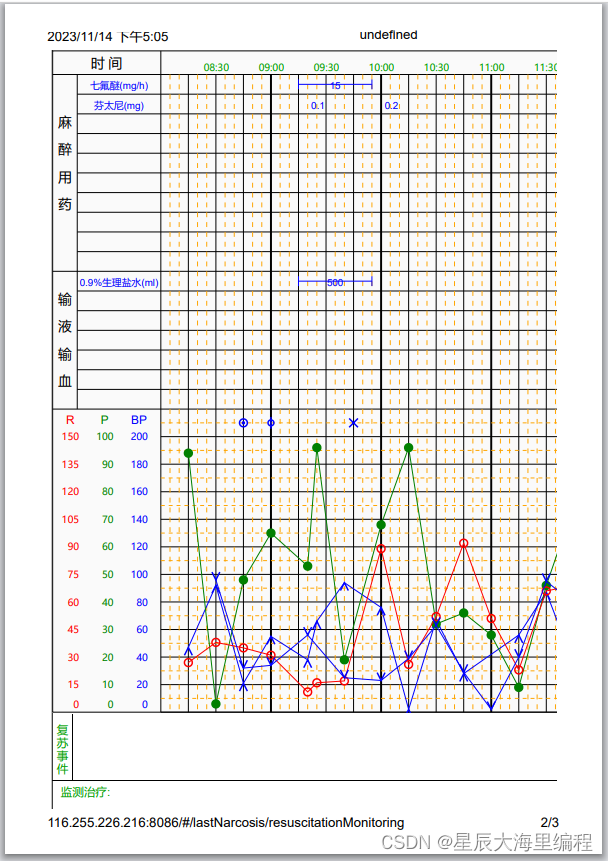
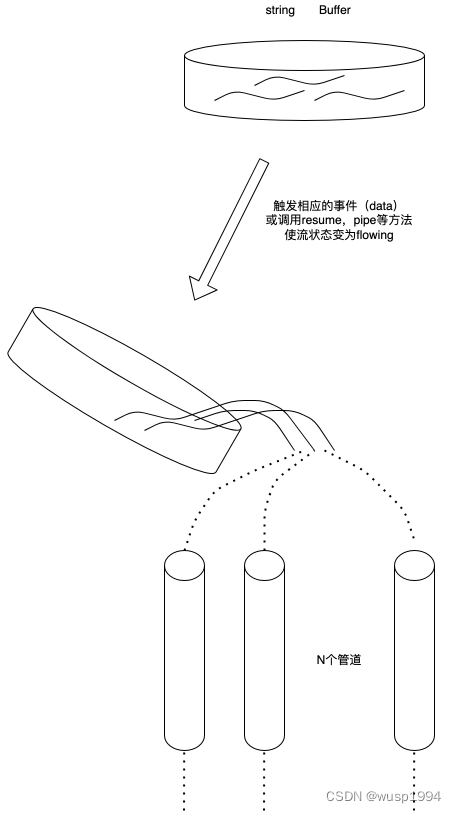
![[云原生2.] Kurbernetes资源管理 ---- (陈述式资源管理方式)](https://img-blog.csdnimg.cn/598038617e5c42e9ad263920e52ceebc.png)


